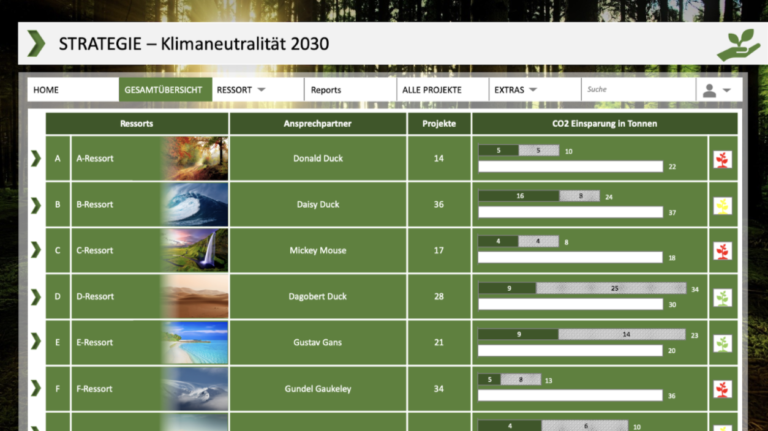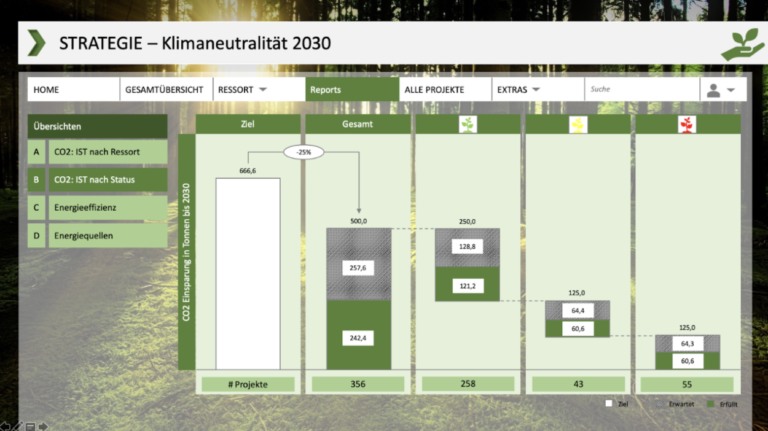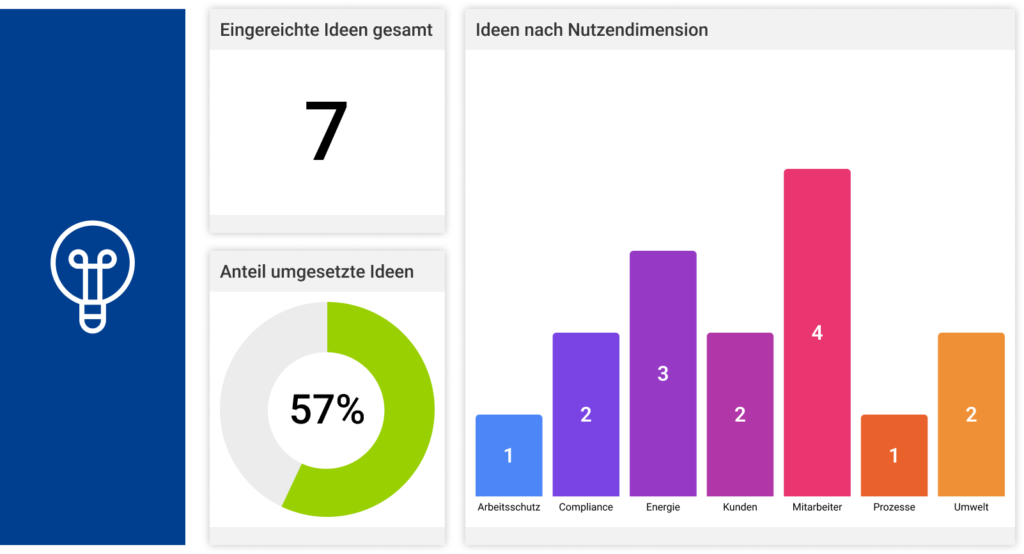While the coronavirus is shaping the current discourse, another topic that has moved into the focus of society in recent months should not be forgotten: climate protection. The Leopoldina report of April 13th 2020 to the German government also points out that in the current situation climate protection should not be neglected: According to this recommendation, all political measures that do not serve the immediate rescue of companies should be guided by the principle of sustainability at both national and international level.
Climate change therefore remains a central issue even in the current situation. As a result, the pressure on companies to proactively address climate protection and make a contribution continues to increase. With success: Even large companies such as Siemens and Bertelsmann have already announced that they want to become completely climate-neutral by 2030.
But how can this be achieved? In private life there are simple ways and means to make a meaningful contribution to climate protection. Doing without plastic packaging, taking the bicycle to the office in the morning instead of the car, and not flying to the other end of the world for a family holiday – all these help to keep your own ecological footprint as small as possible.
Climate neutrality - A difficult undertaking for companies
For companies, the situation is often somewhat more complicated. Extensive production and supply chains have to be included in the considerations and even the company’s own suppliers will not be able to act completely climate-neutral overnight. Climate protection must be integrated into the basic strategic orientation of a company in order to be successfully implemented. A climate strategy needs clearly formulated goals and concrete measures that everyone in the company can orientate themselves towards. For example, the proclaimed goal of “Climate Neutrality by 2030” can provide a meaningful direction.
However, the work is far from over with the mere formulation of a rough target. Often there is a lack of concrete measures, their implementation and interdepartmental coordination. There can be many reasons for this; the most common are a lack of situational awareness at management level and inadequate control of measures: Work packages are sometimes noted down in various Excel spreadsheets and Word documents or mixed up with completely different tasks in various project management tools such as Jira or Trello. Particularly with highly complex goals such as climate neutrality, holistic monitoring and evaluation of all relevant topics becomes impossible. Follow-up measures cannot be carried out in this way, or only inadequately, and necessary corrections can no longer be implemented adequately. As a result, the company misses its set goals. Unfortunately, this process is not uncommon. Accordingly, one often reads reports in the media that various climate projects cannot be realized at all or only at a much later date for various reasons.
Step by step to climate neutrality
But of course it is by no means impossible to implement a climate strategy successfully. But how do companies achieve their own climate targets? A step-by-step approach could look as follows:
1. Company-wide awareness raising
All stakeholders in the company must understand the urgency of climate neutrality for the company itself, but also for society. The climate targets must be formulated clearly and comprehensibly for everyone and must be firmly integrated into the targets at management level. It is helpful if incentives are used to create a special incentive for compliance with the targets.
2. Derivation of concrete objectives
Subsequently, companies should derive concrete goals on the basis of the basic strategic orientation, the operationalization of which is carried out in the form of specific measures. The goals should be formulated SMART, i.e. Specific, Measurable, Achievable, Realistic and Timed.
3. Derivation of specific measures
The measures derived from the objectives should make a clearly identifiable contribution to one or even more objectives. Ideally, this contribution can be measured objectively (e.g. on the basis of CO2 emissions).
4. Using the right tool
Once the individual objectives and concrete measures are clear, the implementation process begins. A prerequisite for the successful implementation of the climate targets is a comprehensible processing of the individual measures. For this purpose, companies should make use of a central database, in which not only the basic strategy but also the targets and the measures are integrated.
Becoming climate-neutral is often a great challenge for companies. With a project of this magnitude, companies must proceed strategically in order to control all measures and thus achieve their own climate goals. But with the right tools, even the mammoth project “Climate Neutrality” can succeed.
For years, MSO has specialised in supporting companies in implementing “special projects” – such as achieving climate neutrality – with tailor-made software solutions.
With the MSO Action Manager you have all measures under control at all times.
Achieve your climate targets. Together with MSO.






